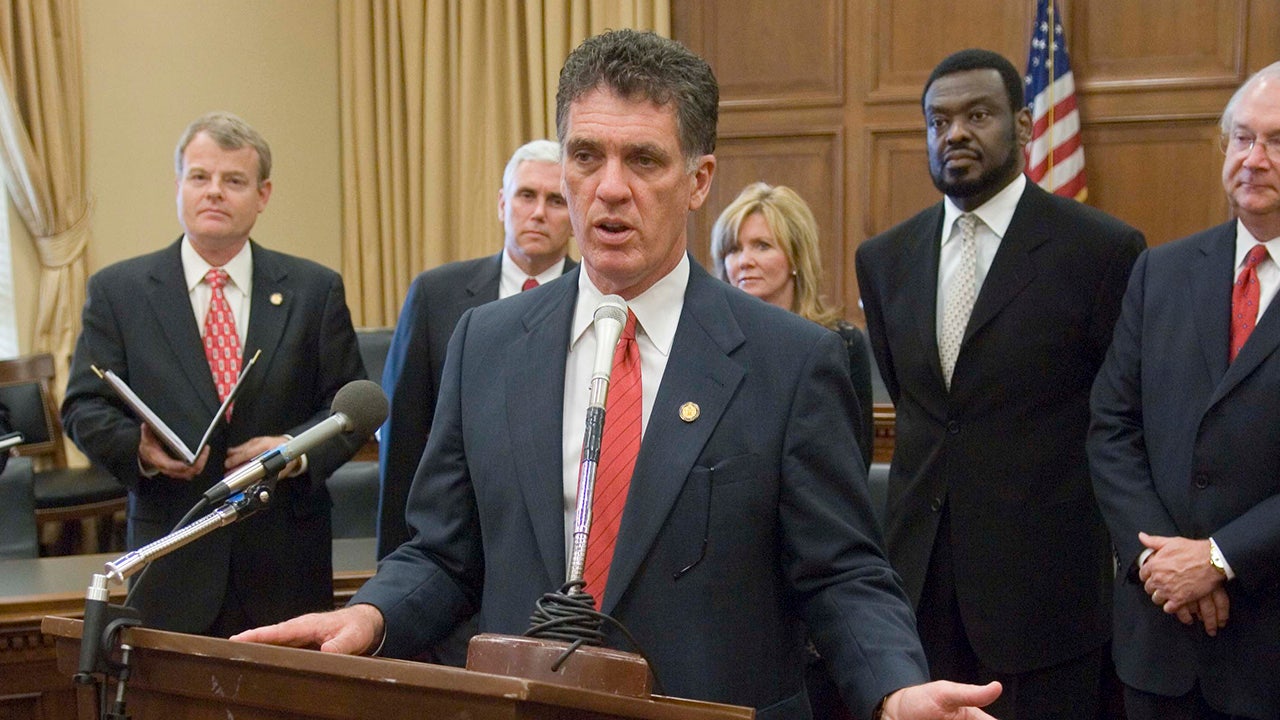Echoing renewed deep concerns by the UN’s top humanitarian official, Martin Griffiths, that an assault on Rafah “could lead to a slaughter”, the World Health Organization (WHO) also firmly rejected allegations of years-long collusion with non-health partners either in or underneath Gaza’s hospitals.
‘There is no collusion’
“We definitely cannot be louder in saying that no, there is no collusion between WHO and any other entities in the health sector, in the health partners, in the (local) Ministry of Health who we are collaborating with,” said Dr. Teresa Zakaria, WHO incident manager for the conflict in the Occupied Palestinian Territory (OPT).
“We are not in a position, however, to investigate any other activities taking place in hospitals or what is happening underneath hospitals. I’m sure you can also appreciate that in hospitals, where there are lots of patients, lots of displaced populations, when we focus on delivering services that is really what we are doing, we are not in a position to look beyond that service provision that we need to fulfil,” she added.
Speaking from Gaza, Dr. Rik Peeperkorn, WHO’s OPT representative, insisted that hospitals “should never be militarized” and that “all eyes” are on the hostilities and the feared large-scale offensive in Rafah. “You see the fear people face,” he said. “People constantly come with questions (asking) ‘What can we do?’”
The development comes as hospital facilities are “completely overburdened and under capacitated…and close to the brink of collapse”, Dr. Peeperkorn continued, noting that 1.5 million Gazans are now crammed into makeshift tents and UNRWA shelters “all over the place” in Rafah.
Hospitals swamped
The WHO medic described the few remaining partially functioning hospitals in Rafah as “completely overwhelmed, overflowing and undersupplied”, noting that since November, only 30 per cent of WHO missions to the north were facilitated by the Israeli authorities.
“Since January, the figure is much lower,” Dr. Peeperkorn said, adding that only approximately 45 per cent of mission requests for the south had been facilitated. “That’s absurd, even when there is no ceasefire; humanitarian corridors should exist so that WHO, the UN and partners can do their job,” he emphasised.
“We need a complete deconfliction system to be able to do our work. The UN, WHO, is ready to carry out more and more missions, to the north, to the centre, to the south.”
Deadly toll
After more than four months of intense Israeli bombardment, sparked by Hamas-led attacks in Israel on 7 October that left approximately 1,200 people butchered and another 250 taken hostage, health authorities in Gaza reported that more than 28,000 people – mostly women and children – have been killed.
Humanitarian workers have been doing the “near-impossible to assist people in need, despite the risks”, the UN’s emergency relief chief, Martin Griffiths, said in a statement on Tuesday.
Warning that humanitarian workers continued to be in danger in the absence of safety guarantees and continued strikes in Rafah, the veteran aid official also urged Israel to heed repeated calls from the international community to step back from a ground invasion and its “dangerous consequences”.
Nowhere is safe in Gaza and people uprooted by the violence – which includes rocket fire from northern Gaza towards Israel – still have nowhere to go, Mr. Griffiths said, as he highlighted a further deterioration of living conditions, marked by “acute shortages of safe areas, shelters, clean water, food and medicine”.
Chink of light
In a rare piece of good news, the top UN aid coordinator noted that a short pause in heavy fighting in Khan Younis – particularly near Nasser and Al Amal hospitals – allowed volunteers on Monday “to exit Nasser hospital and reroute sewage from a broken pipeline that was flooding the emergency room and threatening to shut it down.”
He said this was made possible after the UN humanitarian affairs office, OCHA, coordinated a local, three-hour pause, which was agreed by the Israeli military, while a permanent fix of the pipeline is still pending.
Education hit
Citing latest data on damage to schools in Gaza, the UN relief chief said that 162 school buildings have been directly hit since 7 October.
This represents nearly 30 per cent of the total 563 school buildings in the enclave, according to the joint UN Children’s Fund (UNICEF)/Save The Children report. “At least 26 of these buildings have been destroyed. Some 175,000 students and more than 6,500 teachers have had their schools directly hit in hostilities. At least 55 per cent of schools in Gaza will require either full reconstruction or major rehabilitation,” the report indicated.





